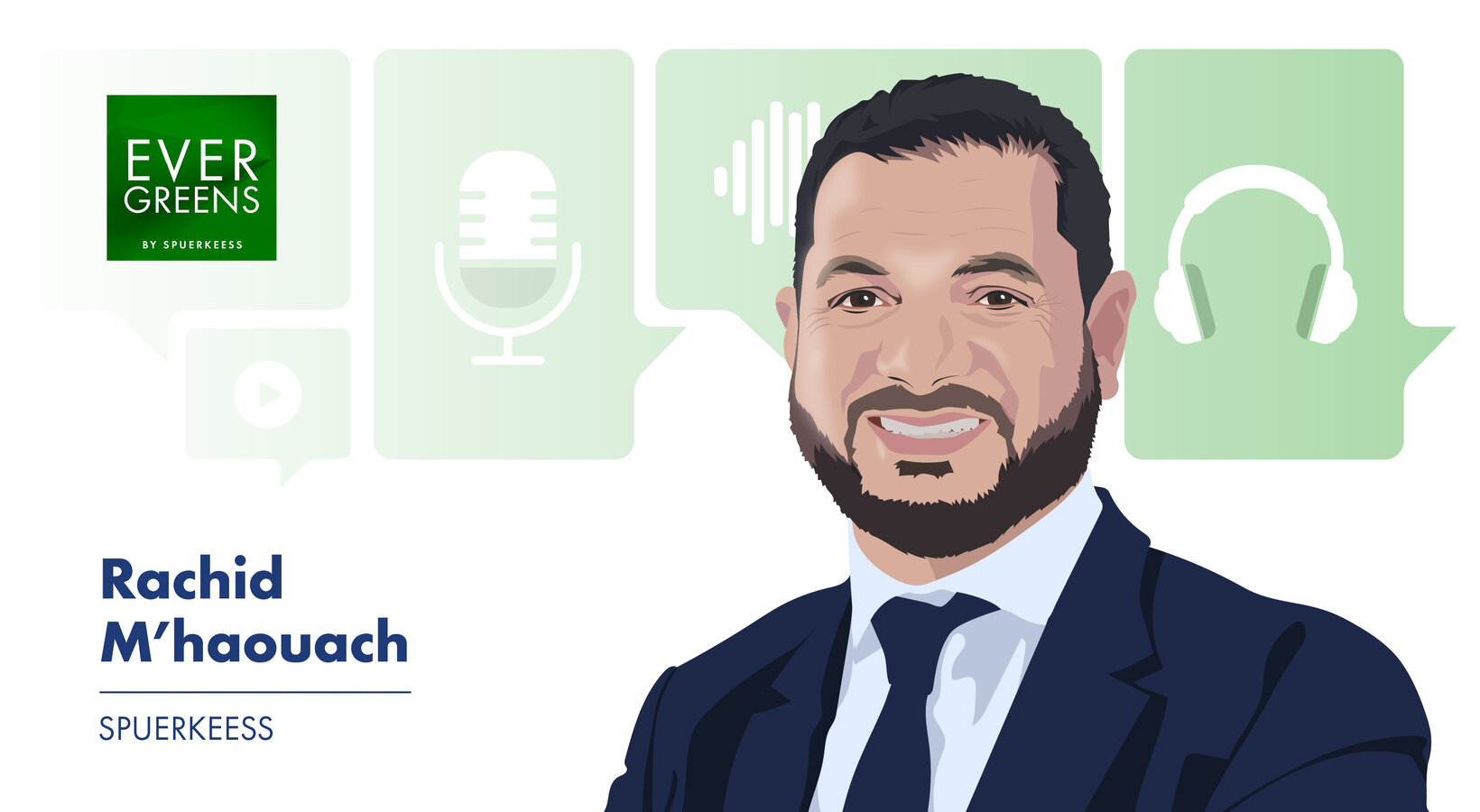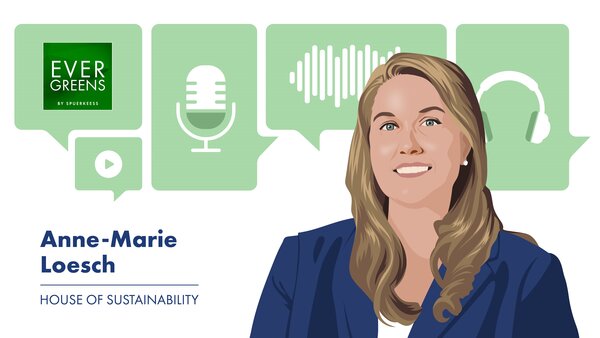How has generative AI been seen at Spuerkeess since the arrival of ChatGPT?
What is striking is just how quickly employees have started using these tools in their personal lives. The result is that they have started using it in the company as well: the teams began wondering how these technologies could help them in their day-to-day work. We saw a very clear change in attitude, with an increase in curiosity and a willingness to experiment. For us, it was an opportunity to put together a concrete and pragmatic adoption process.
How did you structure this process?
We started by raising awareness among top management, because without strategic alignment, it's difficult to move forward. Each department then appointed an “AI Champion”, a coordinator who had been trained in GenAI. These employees then identified their own use cases across their own perimeters. In just a few weeks, we received around fifty very concrete proposals. This shows that innovation doesn't always come from the top down: it can also emerge from the ground up, when you have the right tools and a sound understanding.
What types of use cases have you identified?
We go way beyond text generation. The aim is to optimise internal processes, automate repetitive tasks, improve customer relations and enhance data quality. The aim is not to replace people, but to enable them to concentrate on higher added-value tasks. AI then becomes a lever for efficiency, not an end in itself.
What are the main challenges you face?
The first is to avoid just falling for a fad. AI should not be a gadget, but a tool designed to help deliver on a clear strategy. Then there's the question of infrastructure: the models are resource-intensive, and we need to be able to run them in a secure, controlled environment that meets our regulatory requirements. This is where initiatives such as “MeluXina”, Luxembourg’s supercomputer, and European partnerships really come into their own.
And what about regulations?
The “AI Act” is an important step forward. It requires transparency, traceability and, above all, user accountability. For us, it has resulted in skills being scaled up across the board: everyone – from executive management to operational staff – needs to understand what an AI model is, how it works and in what context it can be used. This is a pre-requisite for sustainable adoption.
What are the next steps for Spuerkeess?
We are currently finalising our five-year AI strategy. The idea is to move from an exploration phase to an industrialisation phase. This means prioritising use cases, structuring our teams and strengthening our technical capabilities, as well as continuing to involve our employees in this transformation. AI is not an IT project, it's a business project.
![[Translate to English:] [Translate to English:]](/fileadmin/_processed_/4/4/csm_alexandra-kugener_7694260efa.jpg)


![[Translate to English:] [Translate to English:]](/fileadmin/_processed_/f/2/csm_michel-marx_54d2966b86.jpg)
![[Translate to English:] [Translate to English:]](/fileadmin/_processed_/f/7/csm_arnaud-duban_87d7d42d9b.jpg)

![[Translate to English:] [Translate to English:]](/fileadmin/_processed_/4/7/csm_438_EXP_Julien_Kohn_Spuerkeess_9001fc61ae.jpg)
![[Translate to English:] [Translate to English:]](/fileadmin/_processed_/c/3/csm_437_EXP_David_Schmit_Spuerkeess_6beedf10c9.jpg)
![[Translate to English:] [Translate to English:]](/fileadmin/_processed_/6/7/csm_433_EXP_Francesco_Ferrero_LIST_31171ca1b1.jpg)
![[Translate to English:] [Translate to English:]](/fileadmin/_processed_/d/1/csm_434_EXP_Nicolas_Griedlich_Deloitte_f84788af86.jpg)
![[Translate to English:] [Translate to English:]](/fileadmin/_processed_/0/d/csm_435_EXP_Rachid_M_haouach_Spuerkeess_6aout25_4132487c59.jpg)


![[Translate to English:] [Translate to English:]](/fileadmin/_processed_/9/7/csm_426_EXP_Romy_Reding_Spuerkeess_28mars25_f6a6df7a8f.jpg)